On the occasion of Remembrance Day, the Musei di Palazzo dei Pio in Carpi will open the exhibition The Noise of Memory on January 27, 2024. Art and Civic Engagement for 50 Years of the Museum to the Deported, curated by Ada Patrizia Fiorillo and Lorenza Roversi. On view until May 1, 2024, the exhibition presents a selection of seventy-one works, including paintings, sculptures and graphics, from public and private collections, by artists such as Pablo Picasso, with the engravings Dream and Lies of Franco I and II (1937), Julio Gonzales with the drawing Study of a Shouting Figure (1941), Corrado Cagli with the series of drawings Buchenwald (1945), and Emilio Vedova with the painting Burning the Village (1945).
The exhibition aims to bring to collective attention the tragic history of racial segregation in Italy, which Carpi witnessed. In fact, a few kilometers from the city center, in Fossoli, stood the concentration camp for Jews, wanted by the Italian Social Republic, later transformed into a police and transit camp, used by the SS as an antechamber to the Nazi lagers.
Starting with some plates by the BBPR architects’ studio in Milan (Lodovico Barbiano di Belgiojoso, Enrico Peressutti, Ernesto N. Rogers), to whom we owe the structure of the Museo al Deportato conceived in the 1960s and inaugurated on October 14, 1973, the exhibition itinerary features original sketches by Renato Guttuso and Corrado Cagli who, with Alberto Longoni, Picasso and Léger, created some of the walls inside the museum’s thirteen rooms. Also exhibited are paintings and sculptures by Giacomo Manzù (the bas-relief Christ with General from 1947), Sandro Cherchi (the terracotta Figura from 1948), Franco Garelli (the painting L’impiccato from 1944), Mirko Basaldella (the mosaic Furore from 1944), Corrado Cagli (the sculpture Figura d’man datable to the late 1940s), by Ernesto Treccani(The Hill of 1943), by Tono Zancanaro (an Indian ink from the Peragibba series of 1943), and by Ennio Morlotti (the oil painting Summer 1946).
A central section, to which the second section of the exhibition is connected, is devoted to Aldo Carpi’s graphic corpus of drawings, owned by the Carpi Museum, made largely during his imprisonment in Mauthausen and Gusen. Small-format pages that describe a slow descent into hell, from which Carpi managed to survive thanks to his artistic talent. “The artist painted many pictures for the Germans, mainly landscapes and portraits, to which he alternated images of devastating daily life, documenting lager life mostly in pencil on sheets of sheet music or those recovered from the infirmary: comrades, the unspeakable suffering of the muselmann, the prisoner already in pre-agony, a few outsiders, and even ’flashes’ of normality and hope,” curator Lorenza Roversi recalled.
Finally, the last part of the exhibition displays works from the early 1960s by Carlo Carrà, Georges Braque and Picasso; of the latter, a Woman’s Face made at the “Il Bisonte” Printworks in Florence.
For info: palazzodeipio.it.
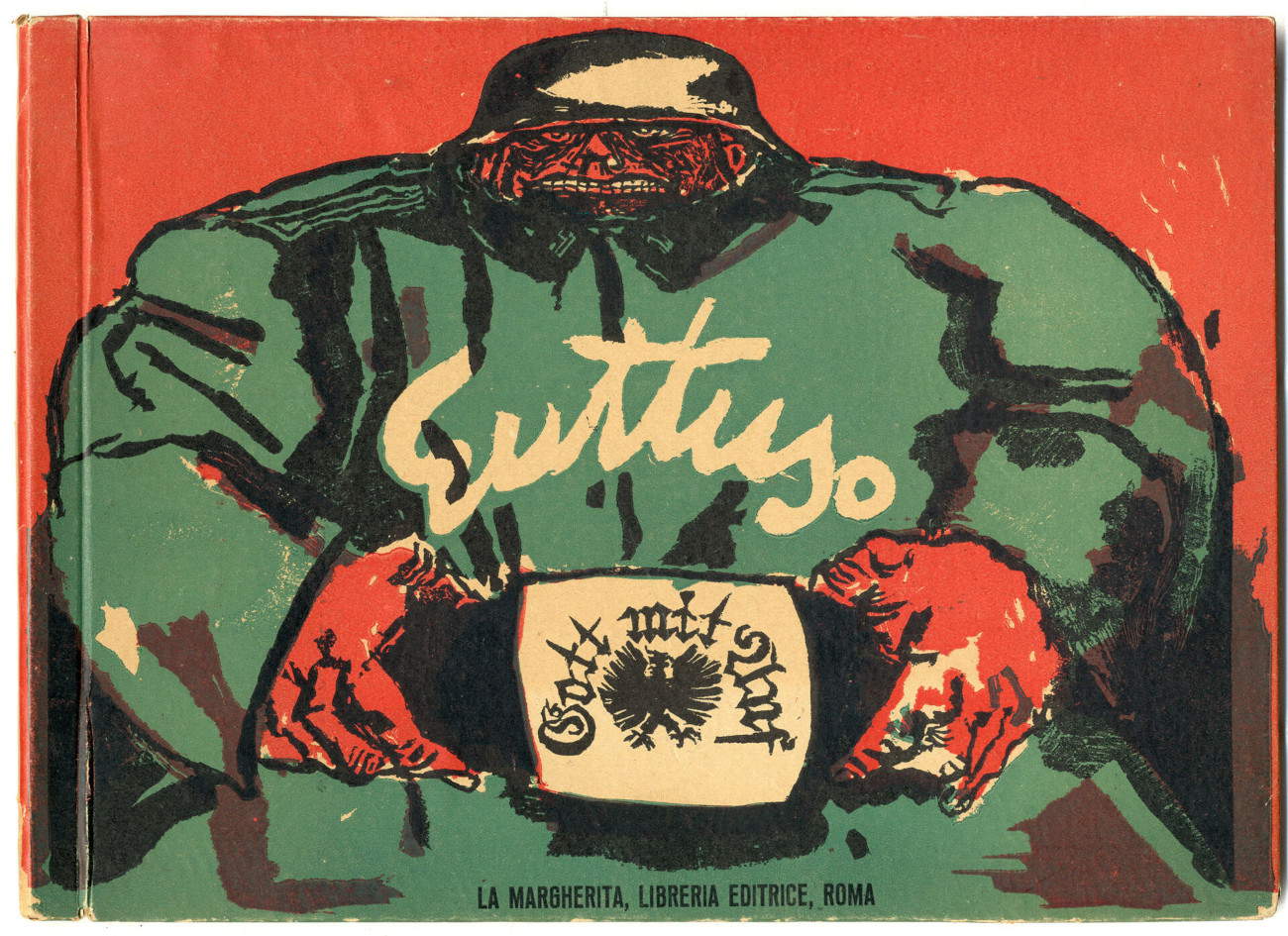

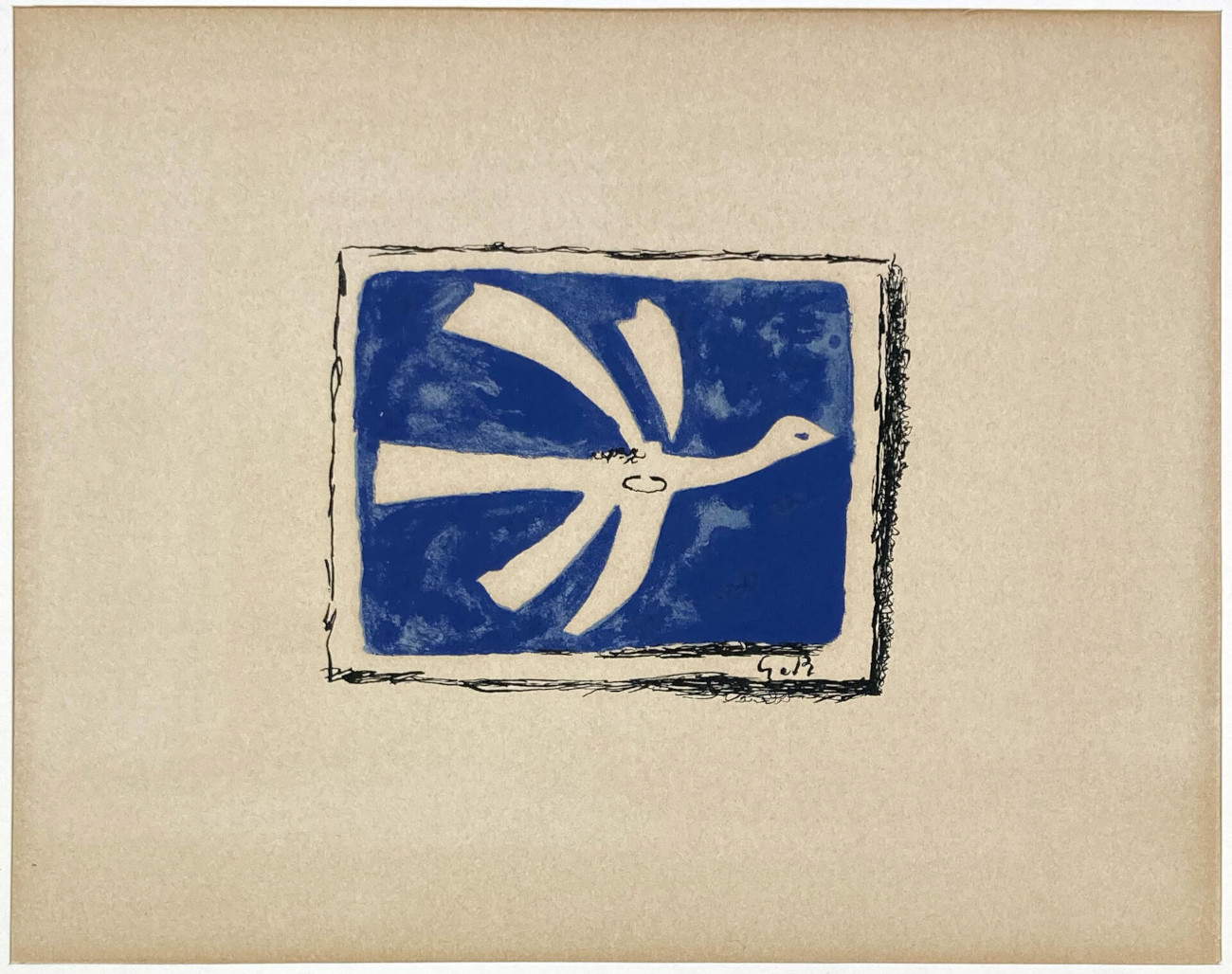

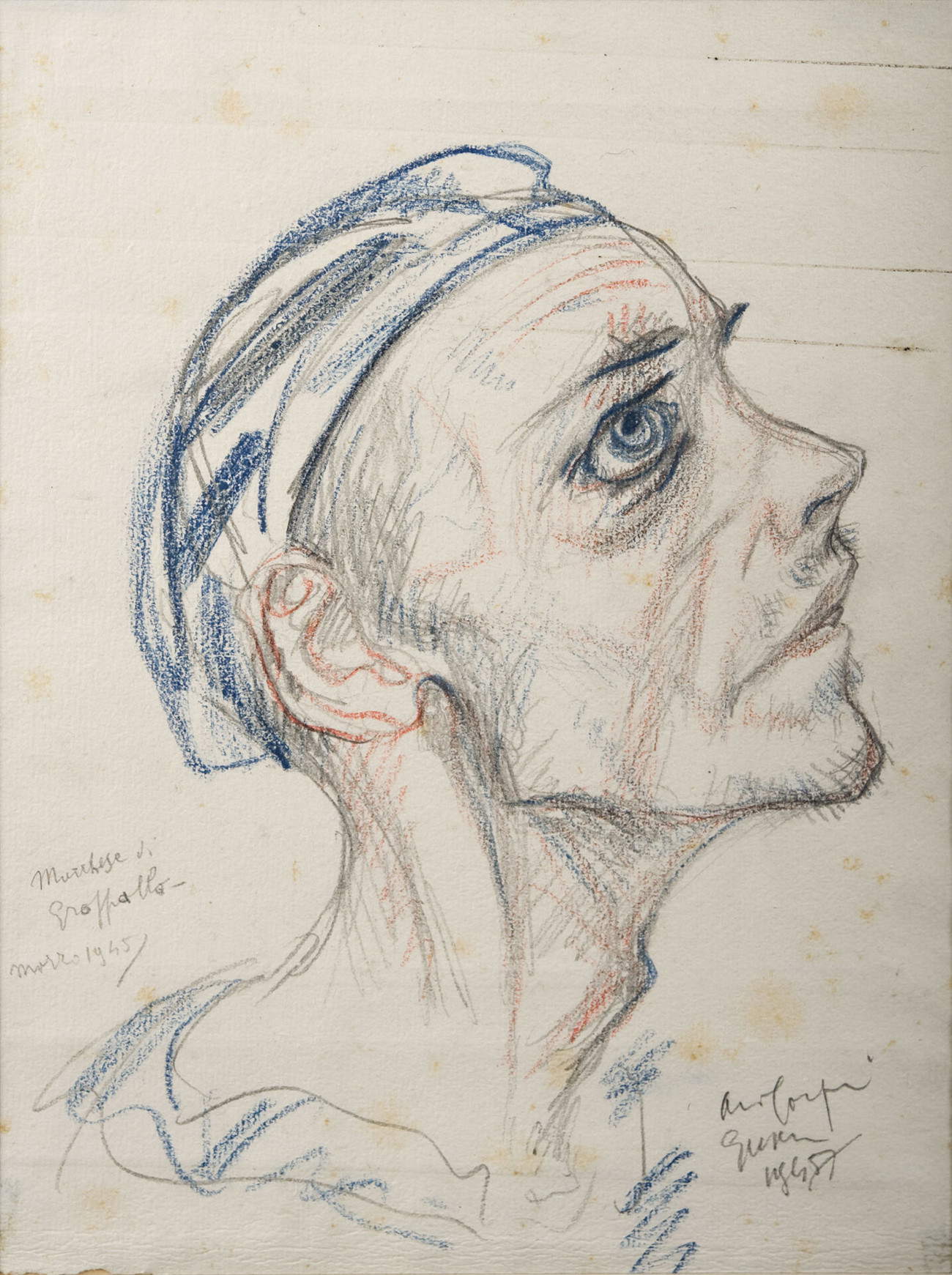
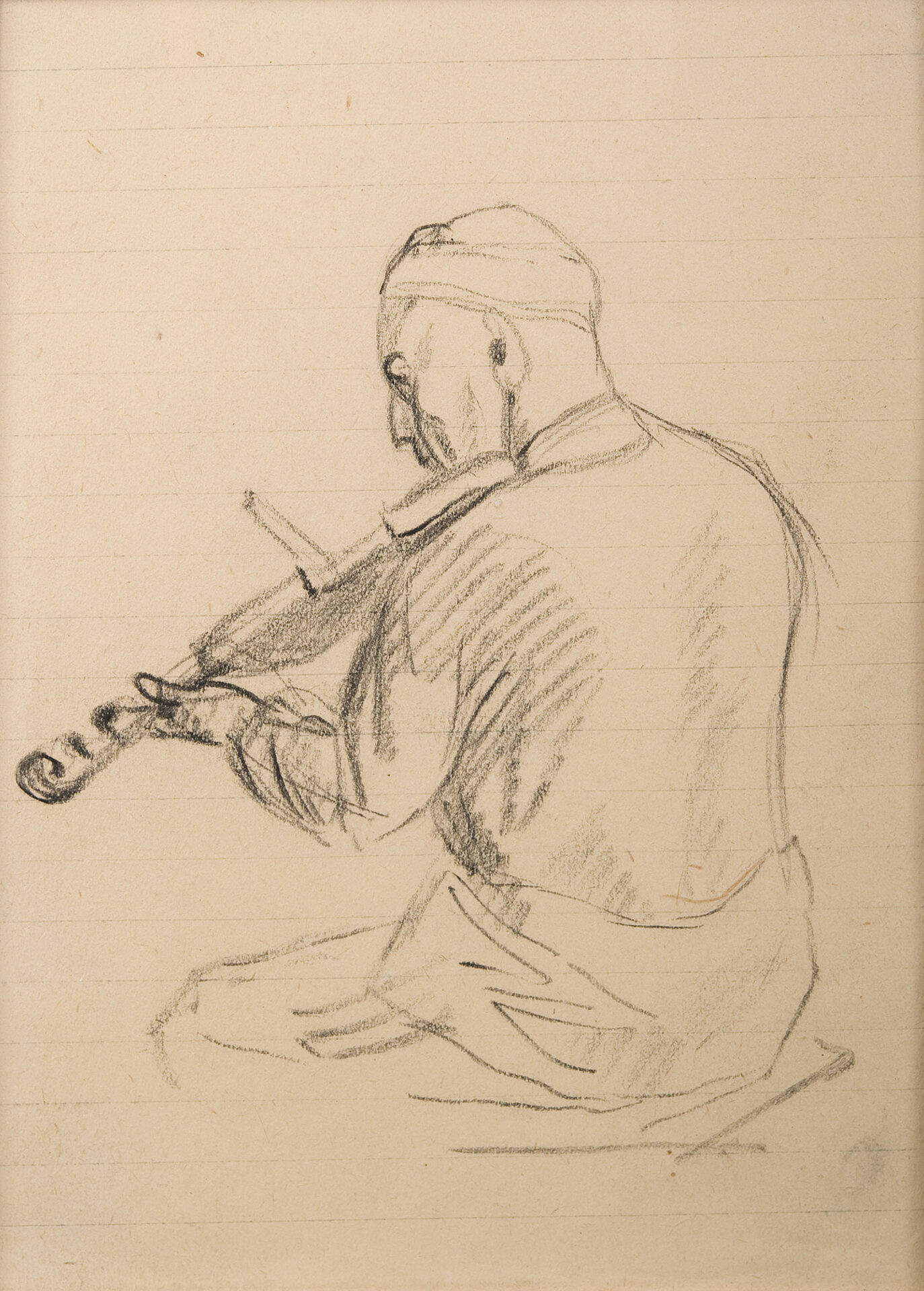
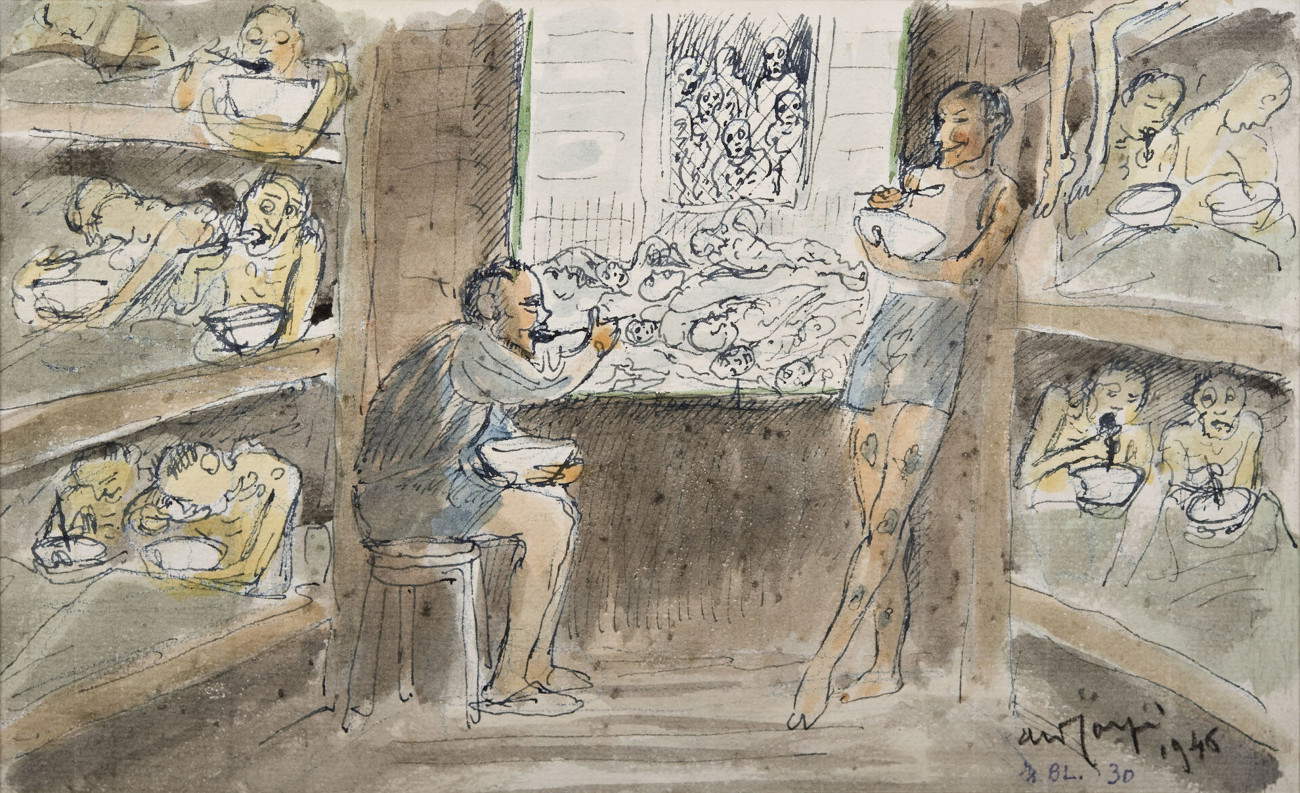
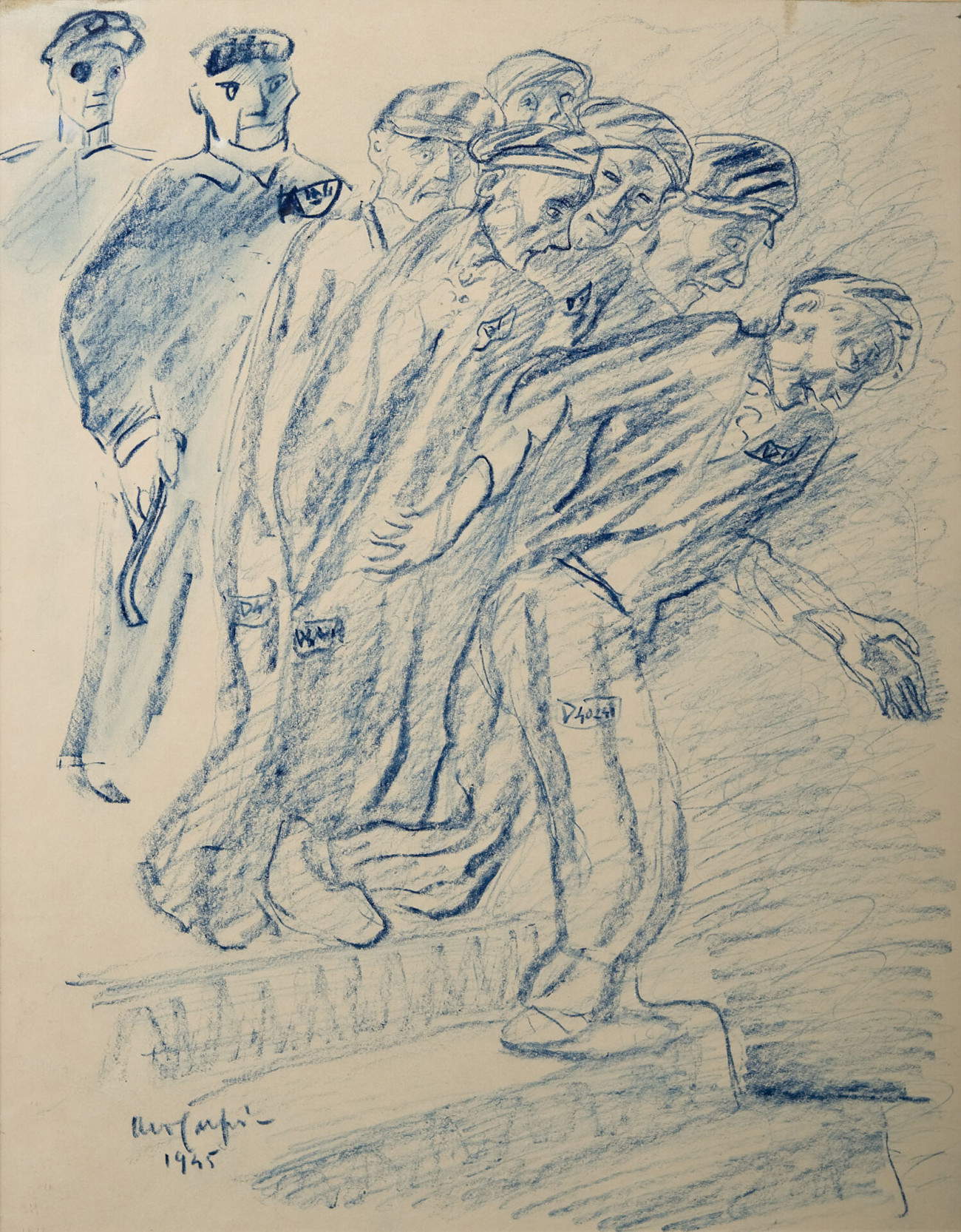
 |
| Art as memory and moral commitment. An exhibition in Carpi for the 50th anniversary of the Museum to the Deported. |
Warning: the translation into English of the original Italian article was created using automatic tools. We undertake to review all articles, but we do not guarantee the total absence of inaccuracies in the translation due to the program. You can find the original by clicking on the ITA button. If you find any mistake,please contact us.